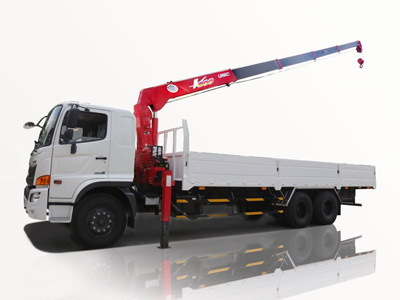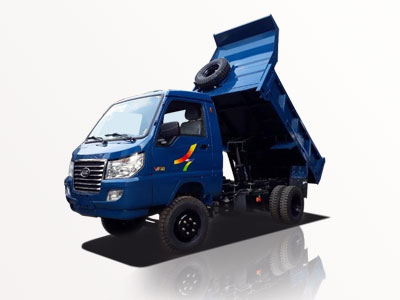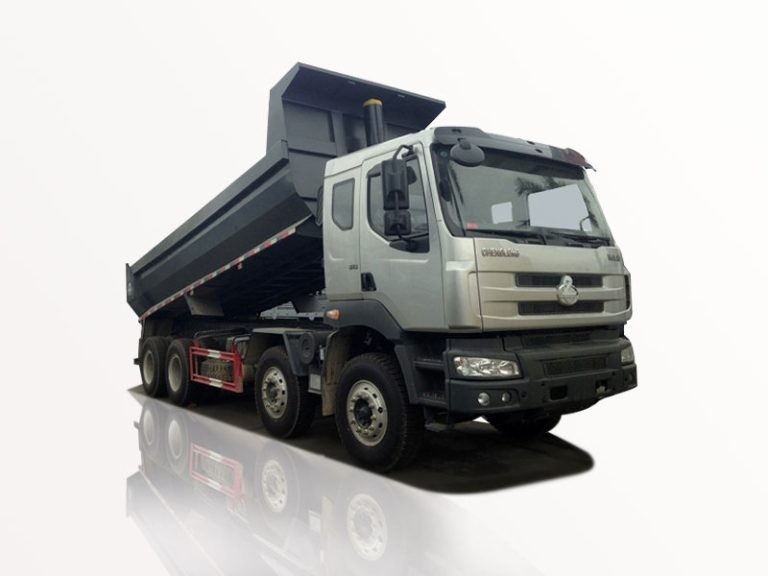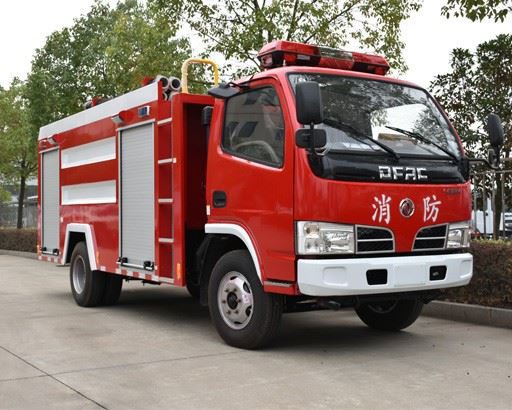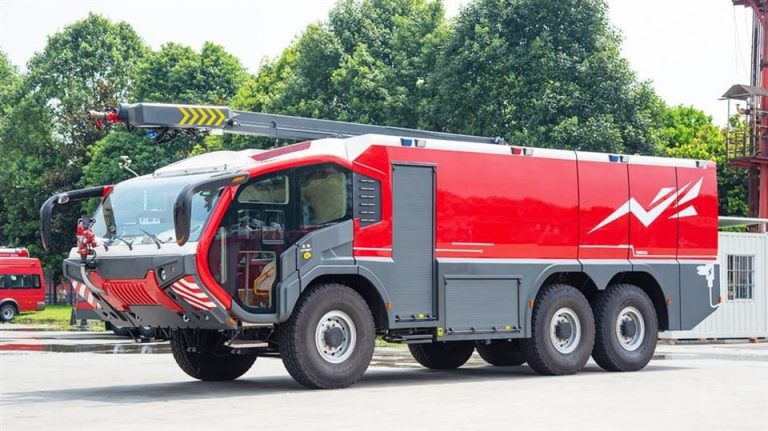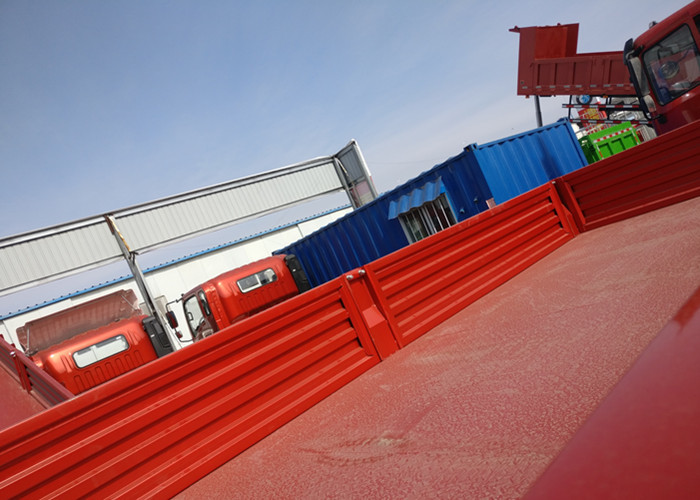Garbage collection is a vital service for any community, and the vehicles used for this task play a crucial role in maintaining public health and hygiene. Among these vehicles, side load garbage trucks have become increasingly popular due to their efficiency and innovative design. This article will explore everything you need to know about side load garbage trucks, including their features, benefits, and best practices for their operation and maintenance.
What is a Side Load Garbage Truck?
A side load garbage truck is a type of waste collection vehicle designed to pick up trash and recyclables from the side of the truck. This method allows for a more efficient and safer collection process compared to traditional rear load trucks.
Features of Side Load Garbage Trucks
- Automated Arm: Most side load trucks are equipped with an automated arm that extends to grab waste bins, allowing for quick and efficient pick-up.
- Compact Design: Side load trucks are typically narrower than their rear-loading counterparts, making them ideal for suburban and urban areas with narrow streets.
- Operator Safety: The design minimizes the need for workers to leave the cab, reducing the risk of accidents during collection.
Types of Side Load Garbage Trucks
There are primarily two types of side load garbage trucks:
1. Automated Side Load Trucks
These trucks rely on hydraulic systems that allow the operator to control the robotic arm from the safety of the cab.
2. Manual Side Load Trucks
In manual side load trucks, the driver or crew member operates the lift manually, requiring more physical effort but allowing for flexibility in certain scenarios.
Benefits of Using Side Load Garbage Trucks
Side load garbage trucks offer numerous advantages that make them a preferred choice for many municipalities:
1. Increased Efficiency
With their automated systems, side load trucks can collect waste faster than traditional models, leading to a reduced number of working hours needed for each collection route.
2. Reduced Labor Costs
As these trucks require fewer crew members, organizations can save on labor costs while still effectively collecting waste.
3. Improved Safety
The design minimizes the risk of injuries since operators stay inside the truck while collecting waste, which is especially important in busy urban areas.
4. Environmental Benefits
Efficient waste collection minimizes the truck’s carbon footprint by reducing the time spent on the road, resulting in lower emissions.
5. Enhanced Community Appearance
By ensuring timely and effective waste collection, side load garbage trucks contribute to cleaner neighborhoods, improving community morale and property values.
Operational Tips for Side Load Garbage Trucks
1. Route Optimization
Efficient planning of garbage collection routes can lead to significant savings in time and fuel. Utilize GPS technology and data analytics to design the most effective routes for your side load trucks.
2. Regular Maintenance
Performing routine checks on crucial components such as the hydraulic system, wheels, and engine can prevent costly repairs and downtime. Schedule maintenance following manufacturer guidelines to keep trucks in optimal condition.
3. Training for Operators
Invest in comprehensive training programs for all operators to ensure they understand the features of side load trucks and the necessary safety protocols, which can greatly increase efficiency and safety.
Sample Training Program Structure
| Module | Topics Covered |
|---|---|
| Introduction to Side Load Trucks | Design Features, Operational Safety |
| Efficient Waste Collection | Route Planning, Bin Management |
| Maintenance Basics | Daily Checks, Hydraulic System Care |
| Emergency Protocols | Accident Procedures, Equipment Failure Response |
4. Incorporating Technology
Consider using smart trucks equipped with sensors and software that can monitor the level of waste in containers, allowing for more efficient collection based on actual needs.
5. Community Engagement
Maintain open channels of communication with the community for feedback, which can help improve services. Implement educational initiatives encouraging residents to properly sort waste, further enhancing the effectiveness of collections.
Challenges to Consider
1. Initial Investment Costs
The upfront cost of purchasing side load garbage trucks can be considerable. Careful budgeting and financial planning are essential to ensure sustainability in operations.
2. Limited Infrastructure
In some areas, narrow streets and lack of space can pose challenges for side load trucks. Assess the road conditions and adapt strategies accordingly, possibly using smaller vehicles in more confined areas.
3. Resistance to Change
Shifting from traditional garbage collection methods can face resistance from employees or community members. Engage stakeholders in discussions and showcase the benefits of the new system to gain their support.
Cost Analysis for Implementing Side Load Garbage Trucks
Understanding the financial implications is crucial in evaluating the transition to side load trucks. Below is a cost analysis comparing traditional collection methods vs. side load trucks:
| Cost Item | Traditional Collection | Side Load Collection |
|---|---|---|
| Vehicle Purchase | $200,000 | $250,000 |
| Labor Costs (Annual) | $150,000 | $100,000 |
| Maintenance Costs (Annual) | $20,000 | $15,000 |
| Fuel Costs (Annual) | $30,000 | $20,000 |
| Total Costs (First Year) | $400,000 | $385,000 |
Comparative Analysis: Side Load vs. Rear Load Garbage Trucks
Performance Metrics
| Metric | Side Load Garbage Truck | Rear Load Garbage Truck |
|————————|————————|————————-|
| Efficiency | Higher | Moderate |
| Safety | Improved | Standard |
| Labor Requirement | Fewer Operators | More Operators |
| Speed of Collection | Quick | Moderate |
| Versatility | Limited in narrow areas | Higher in varying terrains |
Use Cases for Side Load Garbage Trucks
While side load garbage trucks are beneficial in many scenarios, they are especially useful in urban areas where:
- Space is limited
- Traffic is heavy
- Frequent collection is required
Frequently Asked Questions (FAQs)
1. What is the average lifespan of a side load garbage truck?
The average lifespan of a side load garbage truck can range from 10 to 15 years, depending on usage and maintenance levels.
2. How much waste can a side load garbage truck carry?
Most side load trucks have a capacity of 20 to 30 cubic yards, accommodating a significant amount of waste per collection.
3. Are side load garbage trucks more expensive than rear load trucks?
Initially, side load trucks may be more expensive; however, their efficiency can lead to lower operational costs over time.
4. What types of waste can be collected with side load garbage trucks?
Side load garbage trucks are versatile and can collect residential waste, recyclables, and yard waste, depending on the regional waste management regulations.
5. Can side load garbage trucks operate in rural areas?
While side load trucks are predominantly used in urban environments, they can be adapted for rural use if road conditions permit.
6. What safety features do side load garbage trucks have?
Common safety features include rearview cameras, sensor systems, and operator protection systems to minimize accidents during operation.

